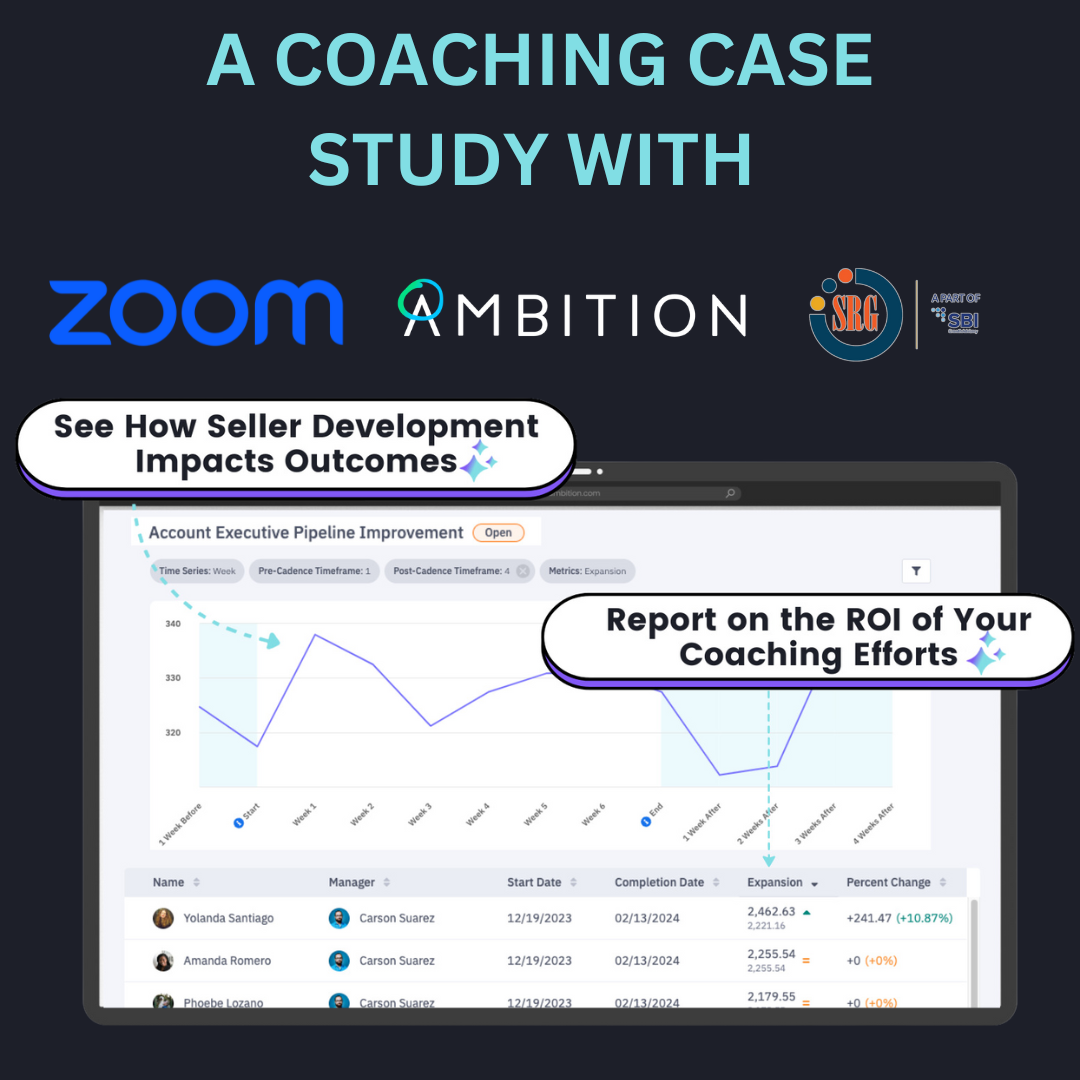At one point or another, we’ve all joked about living in a simulation. And in light of recent global events, let’s just say we’re not ruling it out.
Whether or not we’re living in some version of The Matrix remains to be seen. But when it comes to the workplace, simulations are definitely a thing — more specifically, simulation-based learning.
Simulation-based learning is a learning model that’s leveraged across many different fields. It’s long been used in the military and aviation space. It’s also been adopted in medicine, biology, education, technology, and yes — even sales.
>>> IGNITE THE COMPETITIVE SPIRIT WITH OUR "WHEEL TO WIN" SALES CONTEST TEMPLATE! <<<
What is simulation based learning?
Simulation-based learning is all about creating circumstances or scenarios that reflect the real world.
In sales, simulations can be an incredibly effective training technique. Sales teams may decide to incorporate simulation-based learning at pivotal moments in the business, including:
-
roll-out of new products or services
-
changes in the competitive landscape
-
pursuing new markets, audiences or channels
-
shifts in sales strategy or business model
Why are simulations useful?
Simulations provide opportunities for experiential learning. Your reps can read books, attend webinars and sit through training sessions — all of that’s important and helpful. But at the end of the day, practice makes perfect. Simulations allow salespeople to test out and hone their skills in a real-world environment, without the risk of failure.
There are a few key benefits of simulation-based learning.
-
Skill development: Like any sales training technique, this is an advantage and primary goal of simulation-based learning. When you’re looking to hone skills through simulations, make sure you’re getting specific as to which skills you’re focusing on and that you’ve got a way to track and measure impact. For example, maybe you’re creating a simulation where reps can improve their cold calling skills. Identify the key metric (ideally an efficiency metric) that will show whether the training has made a difference — like connects-to-meetings set.
-
Confidence building: A successful simulation setup should feel just like the real deal. You want your reps to experience a healthy dose of pressure, and maybe even a few nerves, so they get used to operating with (and managing) those same emotions when they’re on their own.
-
Establishing empathy: Simulation-based learning can also give reps the opportunity to put themselves in their prospects’ shoes. Letting your reps play the role of the person on the other end of the line can help them tap into the needs and pain points your audience may have, so they can speak more directly to that moving forward.
-
Opportunity for observation: As a sales manager or leader, simulations give you the opportunity to step back and observe where your reps are excelling and where they’re struggling. You can use those observations to keep your coaching sessions focused on the areas where your team needs the most help. (And of course, to recognize them for their strengths.)
-
Better hiring: Some sales teams use simulations in their hiring process. Cover letters, resumes and interviews are all great, but a simple simulation can give some quick and accurate insights around a candidate’s capabilities.
How can you integrate simulation-based learning into your sales training?
If you’re interested in integrating simulation-based learning into your sales training — whether it’s basic role playing or something more elaborate — here are a few best practices to follow.
-
Get your whole team in on it: Simulation-based learning is a great opportunity to get your reps working and collaborating together. These scenarios naturally lend themselves to peer coaching opportunities.
-
Make it feel safe: You want your reps to feel like the simulation is authentic. But with your manager (and potentially the rest of your team) watching, it can be a whole different kind of pressure than they feel when they’re making a cold call by themselves. That’s not a bad thing — again, learning to manage pressure is a key benefit of this kind of training — but just make sure everyone is aware that they’re in a judgment-free zone.
-
Build in feedback: At the end of the simulation exercise, build in time for a debrief. Share positive feedback and constructive criticism. Be sure you’re not the only one talking: let peers share with one another what they think went well and where improvements could be made.
-
Measure, measure, measure: Especially if simulation-based learning is a new technique for your team, make sure you’re keeping an eye on results. Identify the hard or soft skills where you want to see movement, determine which KPIs will reflect that, and track them. If you’re not seeing any gains, don’t give up on simulations altogether. Test, tweak, and repeat!
Want to see the leading sales coaching and gamification platform in action? Get a demo today!
 Back
Back



